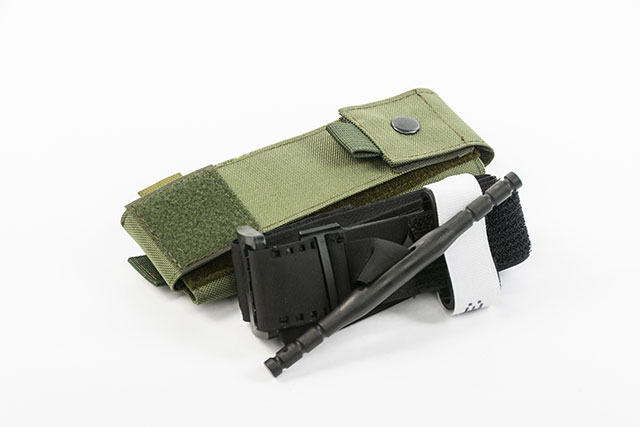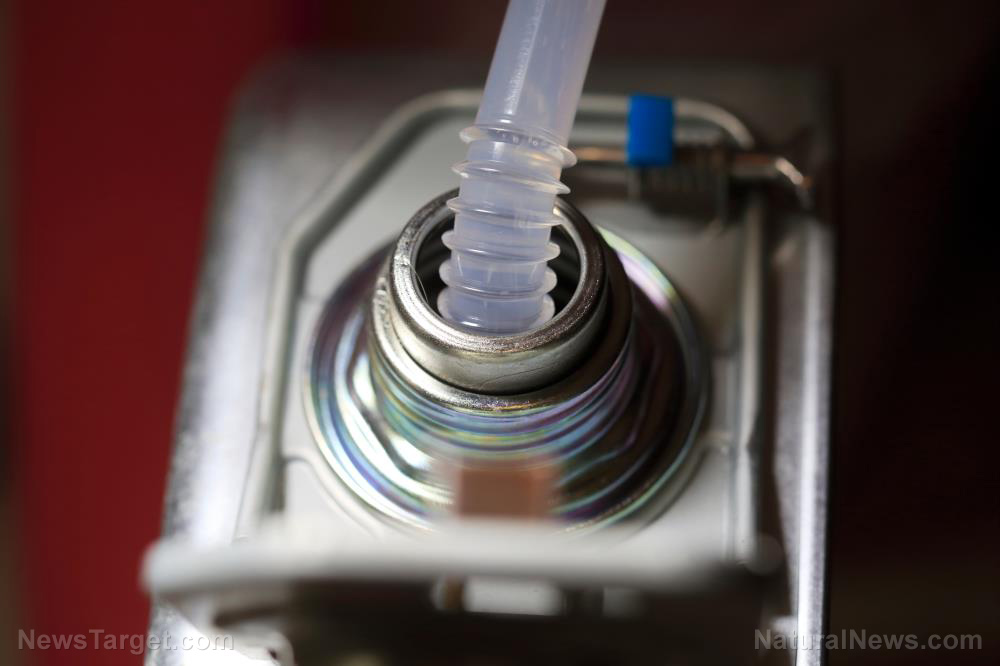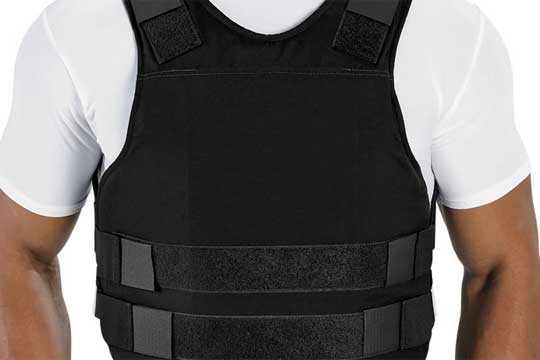SHTF first aid: How to use a tourniquet
09/03/2021 / By Zoey Sky

Before SHTF, it’s important to learn how and when to use the items in your first aid kit. If someone starts bleeding badly after an accident, you may need to use a tourniquet to stop the bleeding until the patient can receive proper medical treatment. (h/t to TheRealSurvivalists.com)
What is a tourniquet?
A tourniquet is a device used to apply pressure to a heavily bleeding limb, such as an arm or a leg. It helps limit the flow of blood until the wound can be treated or surgery can be performed. It is also used by phlebotomists during blood collection. (Related: Survival first aid: Understanding the medic’s priority.)
Note that injuries requiring a tourniquet are serious. Heavy bleeding can be life-threatening within three to four minutes.
4 Types of tourniquets
Different tourniquets are used for different medical situations. You don’t need to have all four tourniquets in your survival first aid kit if you already have an emergency tourniquet.
Emergency tourniquets
Combat medics and paramedics use emergency tourniquets to treat wounds or that cause significant bleeding.
There are different kinds of emergency tourniquets, but most of them are designed to be used quickly. Some can even be used on yourself if you are alone when an accident happens.
Emergency tourniquets are temporary solutions designed to stop the blood flow until the patient can taken to a hospital. Emergency tourniquets are also called combat application tourniquets (CATs).
Surgical tourniquets
Surgical tourniquets are used during routine surgical procedures to lessen the amount of blood in the part of the body being operated on. These kinds of tourniquets are often used when a limb is undergoing surgery.
Rehabilitation tourniquets
Rehabilitation tourniquets are used in a form of therapy called blood flow restriction rehabilitation. As the name suggests, the tourniquet is used to manage blood flow while rehabilitating damaged muscle tissue.
Rehabilitation tourniquets are also called arm occlusion bands. Because these are highly specialized tourniquets, they are best used by trained professionals in a highly monitored rehabilitation setting.
Venipuncture tourniquets
Venipuncture tourniquets are also called phlebotomy tourniquets. They are the most common and simplest tourniquets used for blood work, before a routine physical or for IV insertion.
Venipuncture tourniquets are an elastic or rubberized length of material wrapped around the upper arm. This causes veins to bulge, making them easier for a nurse or medical technician to locate for blood sample collection or IV catheter insertion.
When to use a tourniquet
Emergency tourniquets or CATs are useful in scenarios where emergency medical treatment is required. If your first aid kit has emergency tourniquets, you need to learn how and when to use them.
Injuries sustained during the following situations require the use of a tourniquet:
- Car accidents
- Compound fractures
- Deep lacerations or cuts
- Deep punctures
- Farm and construction accidents
- Gunshot wounds
- Snakebites
If you don’t have an emergency tourniquet, you can create a makeshift one. However, you must understand the tourniquet concept because it’s not as simple as tying a branch with some rope around an arm or leg.
Understanding the tourniquet concept
Simply put, a tourniquet is a strip of cloth or elastic tightened with a fulcrum or lever. This allows the fabric to be twisted into the muscled tissue on an arm or leg to constrict an artery or vein and stop profuse bleeding.
Tourniquet is a French word derived from the word “tourner,” meaning “turn.” Standard recommendations suggest that a tourniquet be applied a few inches above the wound, between the location of the patient’s wound and his heart.
Arterial lacerations are considered the most serious kind of injury since blood is pumping from the wound because of the action of the heart. This kind of injury can make a person bleed out, resulting in death. Keep in mind that a patient could die if he loses 40 percent of his blood (about two pints).
This is why you need to apply a tourniquet properly to a patient with a heavily bleeding wound. Experts stress that a tourniquet should never be loosened once it is tight.
Tips for applying a tourniquet
Remember that a tourniquet is not an automatic treatment for bleeding wounds.
Follow the steps below when treating a wound or injury that requires a tourniquet:
- Clean the wound if you can.
- If an object is stuck in the wound, like an arrow, leave it in place since it can help stop further blood flow.
- Apply a clean bandage to the bleeding wound. If the bleeding continues, apply pressure with clean hands.
- If the combination of both a bandage and pressure doesn’t stop the flow of blood, use a tourniquet.
- Apply the tourniquet to the arm or leg about two to three inches above the wound. Use the fulcrum to twist it tight until the bleeding stops.
- After applying bandages and a tourniquet to the patient, take them to an emergency room or clinic for professional medical treatment.
- Don’t loosen the tourniquet.
Temporary or permanent nerve damage may occur when using a tourniquet. To avoid this, get the injured person to a hospital as soon as possible.
Continuous bleeding can cause more harm than any possible nerve damage. Remember when the tourniquet was applied and inform the doctor or nurse about it.
Before SHTF, learn how to use a tourniquet properly and when to use one to treat someone with a heavily bleeding wound.
Go to EmergencyMedicine.news to read more articles with tips on how to treat various injuries when SHTF.
Sources include:
Tagged Under: bandage, bleeding, disaster, emergencies, emergency medicine, first aid, injuries, medical kit, off grid, preparedness, prepper, prepping, prevention, remedies, SHTF, survival, survival medicine, Survival Tips, survival tools, survivalist, tourniquet
Get independent news alerts on natural cures, food lab tests, cannabis medicine, science, robotics, drones, privacy and more from NewsTarget.com
Get independent news alerts on natural cures, food lab tests, cannabis medicine, science, robotics, drones, privacy and more from NewsTarget.com
RECENT NEWS & ARTICLES
COPYRIGHT © 2017 · SURVIVAL NEWS






















